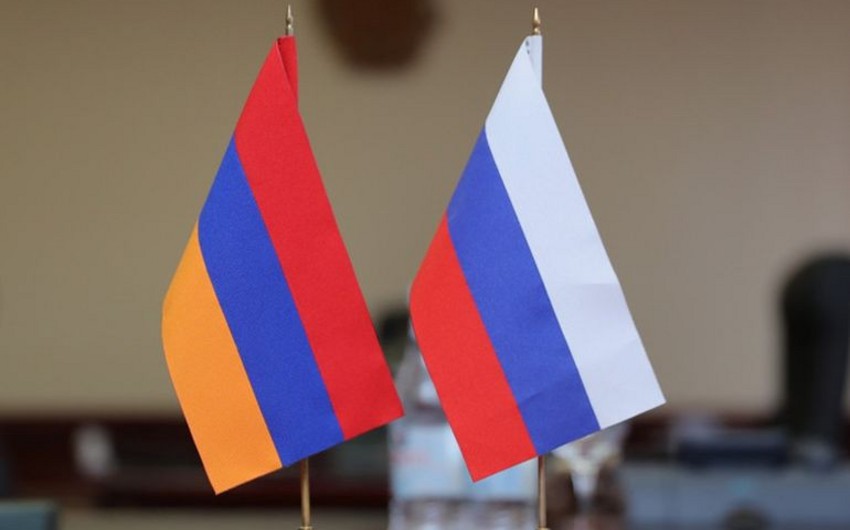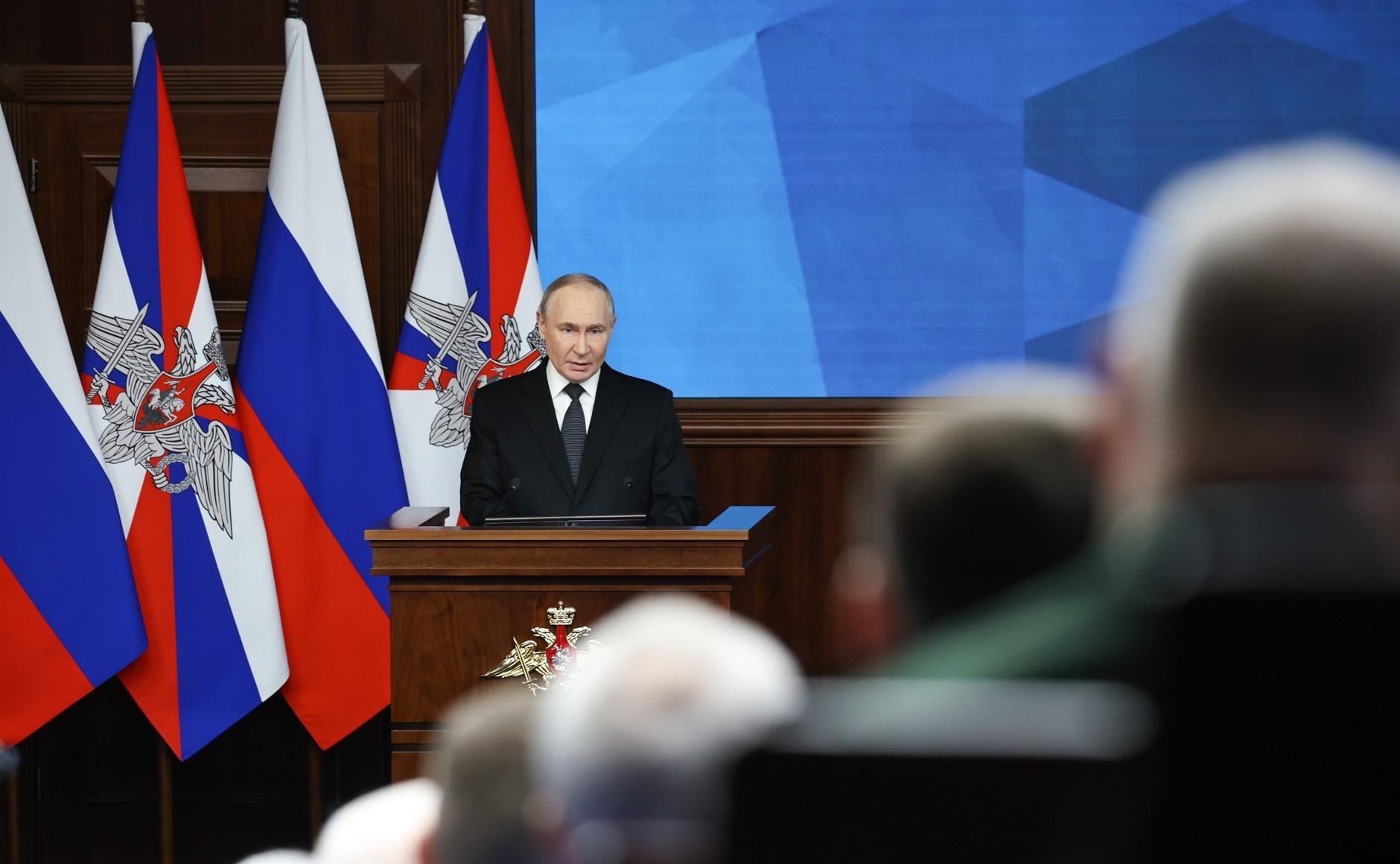
Armenia’s Role in Helping Russia Circumvent Sanctions
Armenia’s Role in Helping Russia Circumvent Sanctions
On April 12, the United States Treasury Department’s Office of Foreign Assets Control (OFAC) placed more than 100 people and entities across over 20 countries on its sanctions list due to violations of US export controls in helping Russia with its war effort (Treasury.gov, April 12). Among the newly sanctioned entities included on the list was TAKO LLC, a company registered in Yerevan in May 2022 that is fully owned by a Russian national and specializes in the wholesale trade of electronic and telecommunications equipment (News.am, April 13). TAKO supplied electronic items to Russia’s defense industry through cooperation with Russian company Radioavtomatika, which was also sanctioned last year. According to OFAC, TAKO recently underwent a name change and was previously called TACO LLC, which had been sanctioned by the US back in September 2022 (Azernews, April 14). Along with TACO, now TAKO, Armenian-registered entities Areximbank-Gazprombank Group, VTB Bank Armenia, Bank Mellat, Flight Travel LLC and Milur Electronics LLC were also sanctioned in 2022 (Verelq.am, September 30, 2022).
Despite the fact that only a few Armenian companies, mostly owned by the Russian government or individuals, were subject to sanctions, Armenia’s role in helping Russia circumvent sanctions goes far beyond that. The unusual changes in Armenia’s trade statistics and in the level of economic relations with Russia after the start of Moscow’s war against Ukraine raise suspicions about Armenia’s role in re-exporting sanctioned products, including technological components, machinery and transportation equipment, to Russia.
According to the Armenian National Statistical Committee, Armenia’s foreign trade turnover surged by 68.8 percent in 2022 as compared to the previous year, reaching the level of $14.1 billion (Arka.am, January 31). During this period, Armenian imports increased by about 63.5 percent as compared to 2021, reaching over $8.7 billion. In parallel, in 2022, trade turnover between Armenia and Russia amounted to $5.03 billion, a 91.7-percent increase when compared to the previous year (Arka.am, March 20). Armenian exports to Russia surged by more than 2.4 times and registered a record total value of $2.4 billion. As a result, Russia’s share of Armenian exports reached 45 percent—hinting at Yerevan’s role in helping Moscow with its sanctions-plagued trade.
Along with the aforementioned figures, organizing this trade by product groups also seemingly demonstrates that Armenia is actively participating in the re-export of sanctioned products to Russia. In 2022, a significant increase was registered in Yerevan’s import of precious metals and stones (200 percent), vehicles (170 percent), electronics (100 percent), iron and steel products (76 percent), machinery and mechanical devices (52 percent), as well as technical and medical equipment (42 percent) (Tradingeconomics.com, accessed May 25). Interestingly, these products were among the top-ten main product groups that saw the highest quantity of exports from Armenia to Russia in 2022, and their volume of exports to Russia has increased significantly (Tradingeconomies.com, accessed May 25). Specifically, the export of electronic products to Russia increased by about 37 times, vehicles increased by 30 times, machinery and mechanical devices by 10 times, precious metals and stones by about 200 percent and technical and medical equipment increased by 400 percent. These exponential increases imply that Armenia, at some level, is engaged in the re-export of these products to Russia, as they are the main categories that have been sanctioned by the West and are necessary for Moscow to continue its war effort against Ukraine. Additionally, Armenia does not have the economic capabilities and infrastructure to increase domestic production of these products to such an extent that it could increase exports by several times. And traditionally, these product groups have not represented a large share of Armenian exports overall.
In 2022, output in Armenia’s manufacturing sector grew by 13.5 percent (Armenpress, February 10). For agriculture, the growth in production was only about 0.4 percent, and industry grew by 7.8 percent for the year (News.am, January 31). Compared with these levels of growth for production in the main economic sectors, it becomes apparent that Armenia could not increase its exports to Russia by about 2.4 times given its actual domestic potential without supplementing this with the re-export of certain goods from elsewhere. Also, it does not seem realistic that domestic demand in Armenia for various products, such as electronics, vehicles, mechanical devices and technical equipment, increased to the extent of expanding imports by more than 63 percent in one year, especially in the face of high emigration and demographic problems (Hetq.am, April 13, 2021; Iwpr.net, July 13, 2022).
When the war in Ukraine initially started and the first round of sanctions against Russia was announced in March 2022, Armenian exports to Russia decreased by about 30 percent (Armenpress, March 24, 2022). In response, many experts, including local analysts in Armenia, raised concerns about the expected economic crisis coming to the country due to its high economic dependence on Russia. At that time, several financial institutions, including the Central Bank of Armenia, slashed their forecasts for Armenian economic growth in 2022 (JAM-news, April 4, 2022). The Central Bank lowered its growth forecast from 5.3 to 1.6 percent, the International Monetary Fund from 5.25 to 1.5 percent and Fitch Ratings reduced its forecast from 5.3 to 1.3 percent. However, since these predictions were reduced, the opposite process has been observed, as in 2022, Armenia’s economy grew by 12.6 percent and, as mentioned, foreign trade turnover increased by almost 69 percent (Finport.am, February 20).
Thus, contrary to expectations, a significant increase in Armenia’s foreign trade turnover without any serious economic basis domestically, especially the remarkable increase in exports to Russia, as well as the list of products primarily traded, give reason to think that these dynamics are artificial and that Armenia is directly involved in re-exporting sanctioned products to Russia. Moreover, according to the US Bureau of Industry and Security, Armenia increased the import of microchips and processors from the US by 515 percent and from the European Union by 212 percent—then reportedly exported 97 percent of those products to Russia (Report.az, April 19). This fact demonstrates that Armenia did not import these products for local use; instead, the aim was to re-export them to Russia, as Moscow has been lacking products that have strategic importance for its military sector. However, despite the aforementioned indicators, which raises substantial suspicions about Armenia’s complicity in helping the Kremlin circumvent sanctions, little political pressure has been exerted on Yerevan and any comprehensive investigation has not been initiated in this regard.


